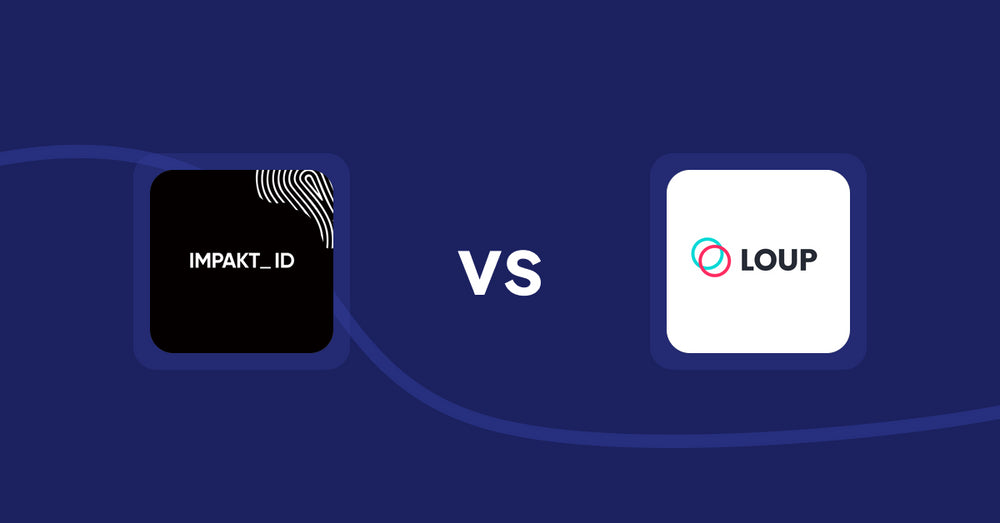Shopify Product Display Apps: TableFlow Specification Table vs. AR Space Designer
Table of Contents
- Introduction
- How Does TableFlow Specification Table Work?
- How Does AR Space Designer Work?
- How Much Does TableFlow Specification Table Cost?
- How Much Does AR Space Designer Cost?
- Cost Analysis: TableFlow Specification Table vs. AR Space Designer
- User Reviews & Customer Support Insights
- Integration and Compatibility Comparison
- Conclusion
Introduction
In the fierce e-commerce landscape, effective product display is pivotal. It bridges the gap between potential buyers and their purchasing decisions, enhancing customer experience and driving sales. Notably, product display apps have emerged as essential tools that enrich this experience, allowing businesses to showcase products in versatile formats. Two noteworthy applications in this domain are the TableFlow Specification Table and AR Space Designer. Each app provides unique capabilities for product presentation, optimizing how businesses integrate their offerings on Shopify.TableFlow Specification Table allows users to effortlessly display detailed specifications for an extensive range of products, ensuring clarity and organization, which ultimately nurtures informed buying decisions. Conversely, AR Space Designer leverages AI technology to present products in 3D and augmented reality, giving customers a tangible feel before making a purchase. Both applications integrate seamlessly with Shopify, providing broad options to enhance the overall experience for customers and businesses alike.
How Does TableFlow Specification Table Work?
The TableFlow Specification Table is designed to streamline the creation of detailed product specification tables, facilitating extensive options for businesses looking to improve their product displays. It enables merchants to specify various attributes of their offerings efficiently, enhancing customer insight before making a purchase decision.One of the standout features of TableFlow is its ability to accommodate unlimited products and tables grouped up to 150. This is particularly vital for businesses with vast and varied inventories. Additionally, this app allows for real-time changes in specification table values based on product variants. Imagine a customer choosing different sizes of a shirt; the specifications auto-update to reflect the dimensions, fabric type, and care instructions for that specific variance.
Furthermore, TableFlow emphasizes customizable display logic, enabling businesses to conditionally show the specification table based on product groups, tags, and types. This tailored approach provides customers with only the most relevant information, significantly enhancing their shopping journey.
The multi-column specification table feature also deserves mention, as it allows businesses to add dimensions, discounts, and shipping rates. This consolidative view not only keeps information organized but also minimizes customer queries, ultimately improving customer satisfaction.
For various business scales, TableFlow offers immense utility. Startups can utilize its basic features to establish solid product displays. Small to medium-sized businesses benefit from the extensive options available in organizing and presenting their products. Large enterprises can capitalize on TableFlow's capability to manage complex inventories seamlessly.
Hypothetical scenarios are abundant where TableFlow shines. For instance, a clothing retailer can use its multi-column table to display comprehensive size charts alongside material caring instructions, making it convenient for users to make purchases confidently.
How Does AR Space Designer Work?
AR Space Designer presents a modern solution to product display by utilizing AI-powered 3D modeling and augmented reality features. It tackles the dilemmas of visualizing products before purchasing – a common barrier in e-commerce. The app's primary functionality revolves around converting regular product images into hyper-realistic 3D models, providing customers a closer look at how items truly appear in the real world.One notable aspect of AR Space Designer is the ability to view multiple products in augmented reality directly from the web browser. This is an enormous advantage, as no additional app is required for customers to engage with the products virtually. Businesses can instantly make their online shops AR-ready, employing the Shopify Theme editor's functionalities to enhance their offerings.
Moreover, AR Space Designer features an enterprise-grade cloud portal that allows users to create, manage, and publish 3D assets. This functionality ensures that businesses not only have an initial framework but can continuously update and improve their virtual displays.
However, while AR Space Designer offers powerful visual tools, its pricing structure poses challenges, especially when businesses have a significant volume of products they wish to showcase. As the initial installation is free, the costs can escalate rapidly once you move beyond the free tier, which may not be feasible for all business types.
How Much Does TableFlow Specification Table Cost?
When considering a product display solution, cost is a significant aspect that affects business viability. The pricing of the TableFlow Specification Table is notably competitive, making it an attractive option for various business scales.The primary plan, named Basic, is priced at $5.96 per month. Within this tier, users enjoy unlimited product entries and table management, empowering them to scale their operations without incurring excessive costs. The features include:
- Unlimited products
- Unlimited tables in table groups
- Up to 150 table groups
- Real-time value changes based on variants
- Conditional display logic
- Email support
This plan is particularly advantageous for startups and small to medium-sized businesses that require flexibility and stability without overwhelming costs. There are no additional fees or hidden charges, providing clarity regarding expenses.
However, since there are no alternative pricing tiers available, businesses looking for expansive functionalities may find this plan limiting as they scale. Yet, the inherent features cater well to the fundamental needs of product display, making it suitable for a good segment of Shopify merchants.
It is important to note that you can always reach out to our team and we can create a custom pricing plan to suit your needs and your budget. Schedule a call via this link and we’ll come up with the best solution for you and your business.
How Much Does AR Space Designer Cost?
Cost considerations are equally critical for AR Space Designer users. Although it offers an attractive entry point, the pricing structure can become daunting for businesses with larger inventories. The app is free to install but charges $250 for managing 50 products, with custom pricing available for users needing to feature more items.Given that many e-commerce businesses have diverse product lines, this cost might deter startups or smaller businesses that operate under tighter budgets. While the features are enticing – including the capability to convert images to hyper-realistic 3D models and easy AR viewing – the financial implications of scaling can be significant.
AR Space Designer's initial free offering serves as an excellent testing ground for businesses, but it's worth noting that costs can quickly ramp up depending on your inventory size and needs.
Cost Analysis: TableFlow Specification Table vs. AR Space Designer
When comparing both apps, it's clear that TableFlow Specification Table provides a more structured, cost-efficient pricing model. At $5.96 a month, it not only offers unlimited products but also an extensive suite of features tailored to suit various business sizes. In contrast, AR Space Designer, while offering advanced visual options, can incur steep charges that may deter long-term use as businesses expand.TableFlow's flat-rate pricing allows businesses to manage their expenses predictably, offering superior value for companies looking to grow without financial strain.
User Reviews & Customer Support Insights
Is TableFlow Specification Table good?
The TableFlow Specification Table boasts an impressive rating of 5 stars from 64 users, showcasing widespread satisfaction among its user base. Customers appreciate its intuitive interface and the extensive features that facilitate seamless product displays. Users often note enhanced engagement and reduced customer queries as notable benefits, indicating that the app fulfills its promise of improving product knowledge effectively.Is AR Space Designer good?
While AR Space Designer similarly holds a strong 5-star rating from only 2 reviews, the limited feedback makes it somewhat challenging to gauge comprehensive user sentiment. However, one might speculate that users value the innovative approach and the ability to view products in AR as significant contributions to their shopping experience.On the flip side, with so few reviews, concerns about the app's scalability and long-term affordability may arise as potential critiques. Feedback regarding customer support is often crucial, impacting user satisfaction. However, no specific insights regarding AR Space Designer's customer service are available from the data provided.
User Preference: TableFlow Specification Table or AR Space Designer?
Given the ratings and user feedback, TableFlow Specification Table appears to be more favored due to its robust feature set and proven effectiveness in enhancing product displays. The higher volume of reviews showcases a consistent user experience, as opposed to AR Space Designer’s limited feedback.While both applications deliver relevant capabilities, TableFlow's demonstrated versatility and affordability make it a more appealing choice for businesses intending to refine their product display strategies.
Integration and Compatibility Comparison
TableFlow Specification Table Integrations
The TableFlow Specification Table offers seamless integration with Translate & Adapt, ensuring that users can display their products in multiple languages and cater to diverse market needs effectively. This ability enhances its versatility, allowing businesses to reach broader audiences.AR Space Designer Integrations:
On the other hand, AR Space Designer integrates directly with its cloud portal, which facilitates efficient management and publication of 3D assets. While it might lack extensive third-party integrations, its native functionality serves significant purposes. However, the straightforward adaptability of TableFlow to other tools makes it a clearer front-runner in terms of integration capabilities.Conclusion
Both TableFlow Specification Table and AR Space Designer provide unique approaches to product display within the Shopify ecosystem. However, TableFlow stands out with its user-friendly design, comprehensive feature set, and cost-effectiveness. Its competitive pricing allows businesses to scale without facing financial obstacles, making it a wise investment for many merchants.Moreover, with an impressive 5-star rating from a broad user base, TableFlow's effectiveness in increasing customer engagement and reducing queries solidifies its place as a market leader. While AR Space Designer contributes innovative technology beneficial for specific scenarios, it does not match the overall flexibility and value offered by TableFlow, affirming it as a superior choice for businesses striving to elevate their product display strategy.
Still Searching for the Perfect Customization Solution?
Stop searching and start thriving with Accentuate Custom Fields! This powerful metafield management app supercharges Shopify’s native features, giving you the tools to create a truly personalized customer experience.
Why Choose Accentuate Custom Fields?
- Advanced Customization: Unlimited field definitions, logical grouping, and custom layouts make your store one-of-a-kind.
- Enhanced Editor Experience: Effortlessly edit variant metafields, use advanced HTML and markdown editors, and sync field definitions between stores.
- Flexible Management: Import/export capabilities, automatic tagging, and comprehensive support for Metaobjects and versioning.
- 24/7 Support: If you have any questions or need assistance, our team is available around the clock to help with any custom modifications to suit your store.
Join over 12,000 merchants, including top Shopify Plus stores, who trust Accentuate for their customization needs. With a stellar 4.9-star rating, Accentuate is the go-to tool for advanced CMS needs, offering unmatched flexibility and control over your store’s content. Elevate your Shopify store with high-quality content that boosts customer experiences and conversions. Tell your story, showcase your products, and create an engaging customer journey with ease.
Experience the Accentuate difference and watch your Shopify store thrive!
Accentuate vs Competition
Explore how Accentuate Custom Fields stands out. Whether you’re aiming to customise your storefront, streamline operations or improve content management, see how we compare against the competition

Shopify Product Display Apps: FeatureFrame ‑ Pretty Product vs. AI SEO: Top Product Features

Shopify Product Display Apps: Metadrob: Create Virtual Store vs シンプルクラウドファンディング|お手軽自社クラファン
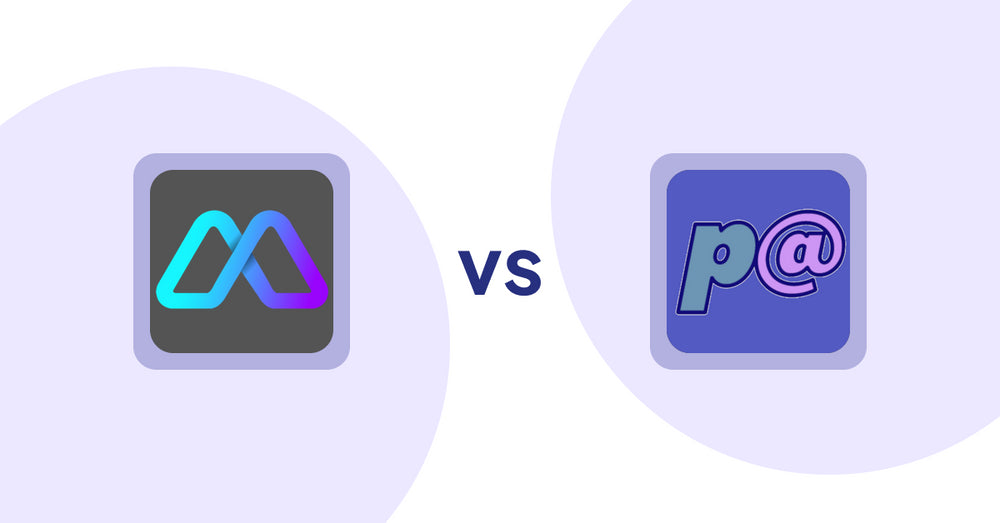
Shopify Product Display Apps: Metadrob: Create Virtual Store vs Parameterizer
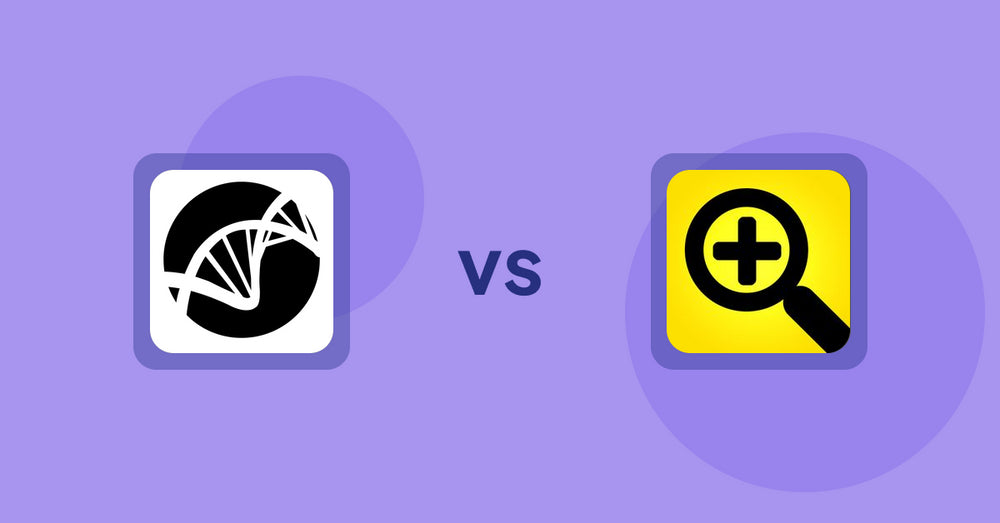
Shopify Product Display Apps: Bike Matrix vs. Fast View: Fastest Quick View
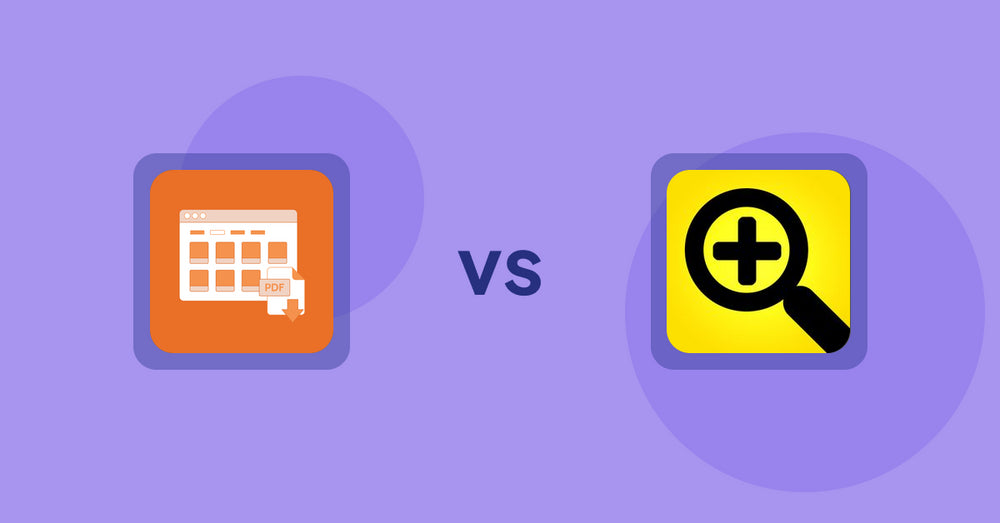
Shopify Product Display Apps: Meetanshi PDF Product Catalog vs Fast View: Fastest Quick View

Shopify Product Display Apps: UR: Smart Ranking vs Sortyfi Collection Merchandise

Shopify Product Display Apps: UR: Smart Ranking vs PDP Star

Shopify Product Display Apps: Menulog vs Reelify ‑ Shoppable Reel Video

Shopify Product Display Apps: H3 Estimated Delivery vs Findify Search & Merchandise

Shopify Product Display Apps: Wordo ‑ ChatGPT AI Description vs Urgency! Low Stock Counter

Shopify Product Display Apps: WS Transparency vs シンプル会員注文割引|お手軽ログインセール設定

Shopify Product Display Apps: WS Transparency vs Reelify ‑ Shoppable Reel Video

Shopify Product Display Apps: Awesome Ranking vs シンプル売り切れ非表示|在庫切れ商品の表示変更

Shopify Product Display Apps: OC Product Size Chart vs FeatureFrame ‑ Pretty Product

Shopify Product Display Apps: Shelfify vs Bike Matrix
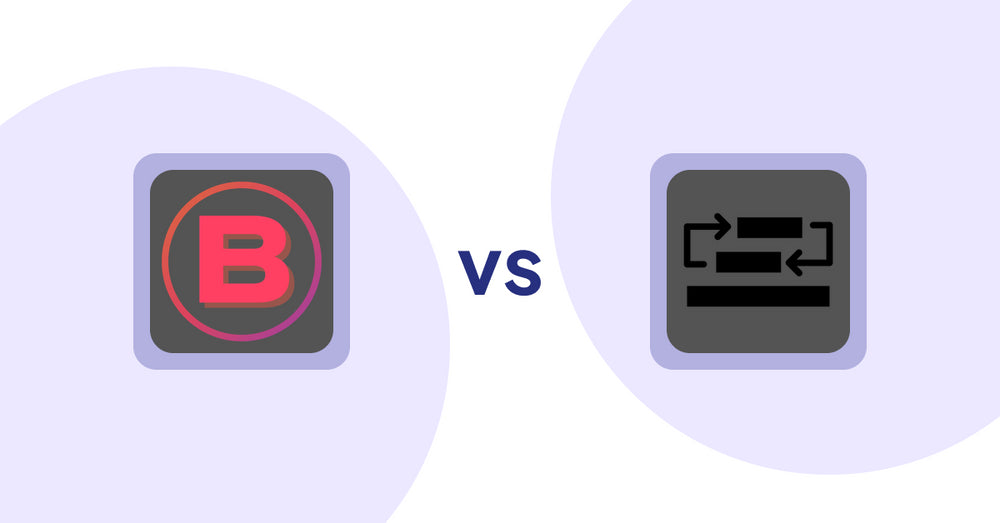
Shopify Product Display Apps: Banter Stories vs Sortyfi Collection Merchandise

Shopify Product Display Apps: Banter Stories vs. Reelify ‑ Shoppable Reel Video

Shopify Product Display Apps: Wordsmith: Content Generator vs Parameterizer

Shopify Product Display Apps: Wordsmith: Content Generator vs Reelify ‑ Shoppable Reel Video

Shopify Product Display Apps: Bringin vs CartBar ‑ Product Purchase Bar
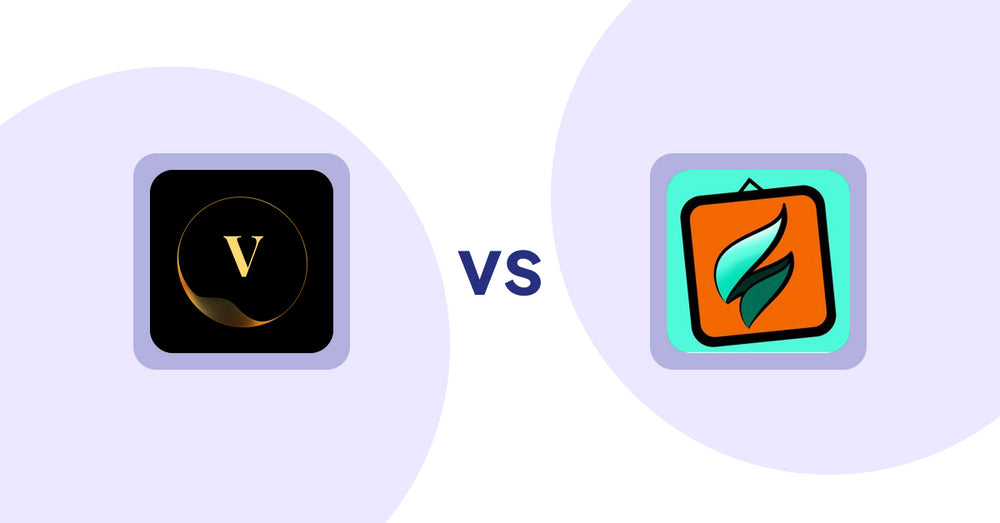
Shopify Product Display Apps: ProductTube vs SMART ‑ Art Product Builder

Shopify Product Display Apps: Xpander vs PDP Star

Shopify Product Display Apps: Xpander vs Banter Stories

Shopify Product Display Apps: Wonderful Widgets vs Bringin

Shopify Product Display Apps: BookE - Rent Property & Service vs Metadrob: Create Virtual Store

Shopify Product Display Apps: BookE ‑Rent Property & Service vs. Banter Stories

Shopify Product Display Apps: Product Table vs. Xpander

Shopify Product Display Apps: Selling Fast vs CartBar ‑ Product Purchase Bar

Shopify Product Display Apps: Selling Fast vs. Loup: Sell on Instagram

Shopify Product Display Apps: Selling Fast vs. Findify Search & Merchandise

Shopify Product Display Apps: Selling Fast vs. Aiuta

Shopify Product Display Apps: Selling Fast vs Bestsellr

Shopify Product Display Apps: Selling Fast vs ProductTube

Shopify Product Display Apps: Extendons Product Tag Images vs Urgency! Low Stock Counter

Shopify Product Display Apps: Writer Sofia vs シンプルクラウドファンディング|お手軽自社クラファン

Shopify Product Display Apps: Writer Sofia vs Wordsmith: Content Generator
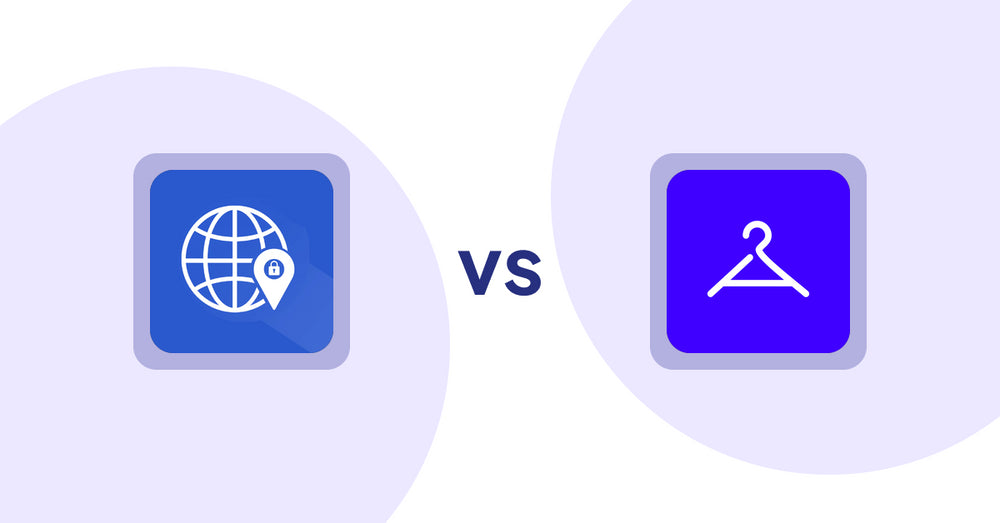
Shopify Product Display Apps: Addify ‑ Country Restrictions vs Aiuta
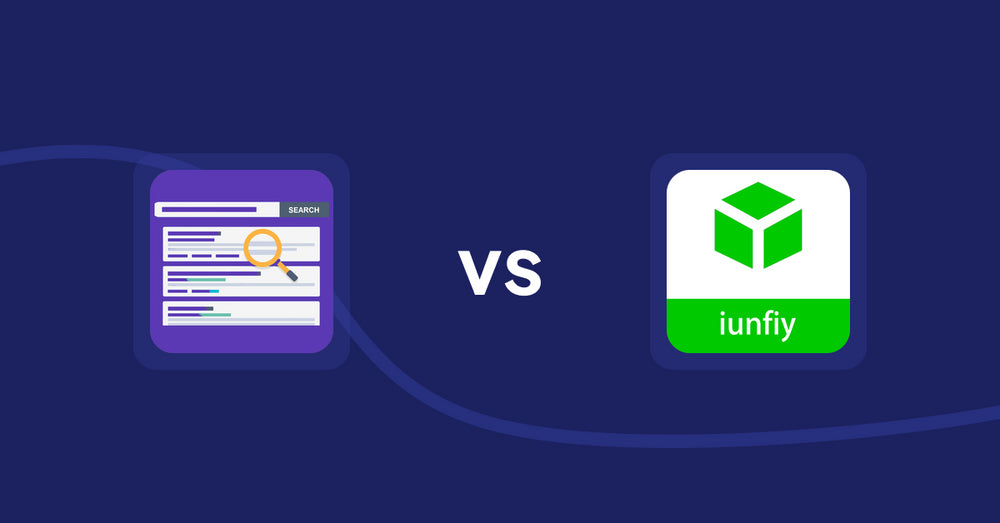
Shopify Product Display Apps: Spark AI Products Description vs iunfiy • Related Products

Shopify Product Display Apps: BeUnico vs Loup: Sell on Instagram

Shopify Product Display Apps: Easy Estimate Shipping vs BookE ‑Rent Property & Service

Shopify Product Display Apps: Easy Estimate Shipping vs. Spark AI Products Description

Shopify Product Display Apps: Mugshot Bot vs Parameterizer
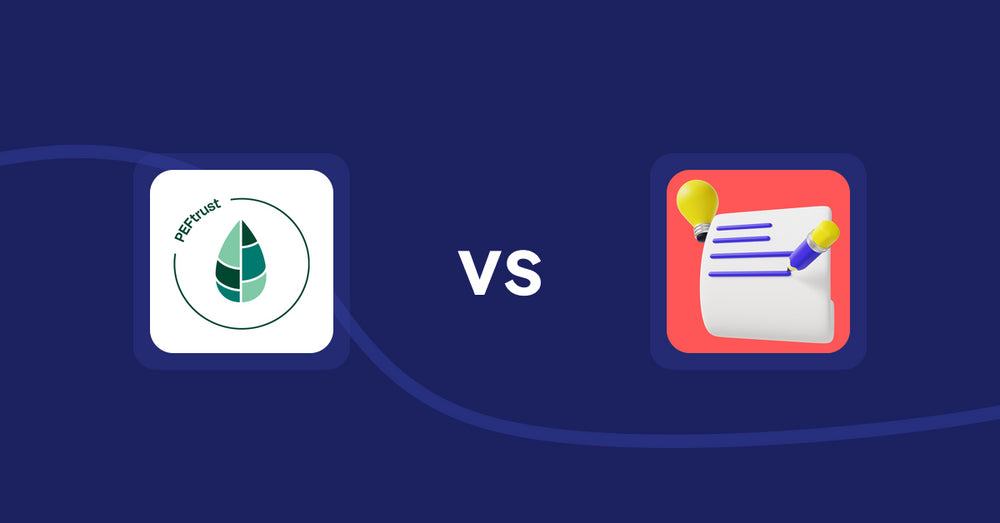
Shopify Product Display Apps: Peftrust vs. Wordo ‑ ChatGPT AI Description

Shopify Product Display Apps: Quick Product Navigator Slide vs Reelify ‑ Shoppable Reel Video

Shopify Product Display Apps: Quick Product Navigator Slide vs. UR: Smart Ranking

Shopify Product Display Apps: Eazy Specification Tags Table vs Agile Attachments

Shopify Product Display Apps: Jedi Back In Stock Admin Alert vs FeatureFrame ‑ Pretty Product

Shopify Product Display Apps: Jedi Back In Stock Admin Alert vs. Findify Search & Merchandise

Shopify Product Display Apps: Jedi Back In Stock Admin Alert vs Banter Stories
